Any links to online stores should be assumed to be affiliates. The company or PR agency provides all or most review samples. They have no control over my content, and I provide my honest opinion.
My last post following my Qualcomm event on Saturday. One of the core technologies Qualcomm are investing in and developing is the new 5G mobile network.
It doesn’t feel that long ago that we got 4G and this can often be temperamental depending on where you live, so is 5G going to offer that much of an improvement?
The TLDR would be yes, but it is going to take awhile for us to feel the full benefit of the 5G network.
What is 5G?
5G is the next generation mobile network, and in a similar manner to 4G it does this by expanding the wireless spectrum it can use. When we moved for 3G to 4G, it was arguably quite basic, in that the 3G network just had the new high bandwidth bands tacked onto it.
The initial rollout of 5G will follow a similar path, it will be all about the data, so at the moment that maximum theoretical speed with 4G is around 1-gigabit, with 5G it will be possible to push 3-5-gigabit and beyond. Of course, you won’t see that in real-world usage, but under ideal conditions, you may achieve gigabit speeds. That’s 3 times the speed of Virgins top speed home fibre connections. Once 5G is fully operational, it could deliver 20 Gigabits-per-second peak data rates and 100+ Megabits-per-second average data rates.
We should start to see the rollout of this part of the 5G network next year, and phones will likely be released at the same time.
Not just speed
Multi-gigabit speeds indeed sound exciting, but for me, they are not very good if the connection isn’t reliable, and in the case of 4G depending on where you live, this is often the case.
This is where 5G will revolutionise things, and it is a far more significant upgrade from 4G to 5G than it was 3G to 4G. The scale of 5G is so large that it is believed the s full economic effect will be realised across the globe by 2035.
Apart from the enormous speeds that 5G will offer, it has 3 other defining features:
- Mission-Critical communications: 5G will enable new services that can transform industries with ultra-reliable/available, low latency links—such as remote control of critical infrastructure, vehicles, and medical procedures.
- Massive Internet of Things: 5G will seamlessly connect an enormous number of embedded sensors in virtually everything through the ability to scale down in data rates, power and mobility to provide extremely lean/low-cost solutions.
- A defining capability of 5G is also the design for forwarding compatibility—the ability to flexibly support future services that are unknown today.
In short, when fully operational, 5G will offer a far more reliable connection, with significantly reduced latency. The new network is designed to be able to always connect to mission-critical systems such as autonomous vehicles and IoT devices, so for general use, it should mean you always get a reliable connection.
Even though 5G uses higher frequency bands, which don’t have the range as lower frequency, it still manages to achieve significant range. This is because there are far more bands to use, it can sue something called band theory to enable much greater range than each individual frequency is capable of.
The IoT prospects of 5G will help drive the IoT revolution, I have already posted about how Mikko Hypponen believes that one day every device will have access to the Internet, and this will be feasible with 5G. The 5G network has allowances to make the most of unused bandwidth for IoT devices that require very low data transmissions. With the 5G network low powered devices that require occasional low data transmissions will always be able to achieve a connection and be able to do so with minimum power.
Cellular vehicle-to-everything (C-V2X)
While not strictly 5G the new technology C-V2X is highly dependant on it. This is a technology that allows Vehicles to intelligently know what is around it by communicating with the surroundings.
This includes vehicle to vehicle (V2V), to pedestrians (V2P), to roadway infrastructure (V2I), and to the network (V2N).
C-V2X expands vehicle sensor abilities such as RADAR and LIDAR and allows a vehicle to see much further ahead and around corners. This technology will be critical as part of the autonomous vehicle revolution.
Overall
5G is one of the most exciting future technologies on the horizon, but it is going to be several years before we see the full benefit of it. However, once we do, it has the potential to revolutionise the way we connect the Internet and any industry that is reliant on data communications.
I am James, a UK-based tech enthusiast and the Editor and Owner of Mighty Gadget, which I’ve proudly run since 2007. Passionate about all things technology, my expertise spans from computers and networking to mobile, wearables, and smart home devices.
As a fitness fanatic who loves running and cycling, I also have a keen interest in fitness-related technology, and I take every opportunity to cover this niche on my blog. My diverse interests allow me to bring a unique perspective to tech blogging, merging lifestyle, fitness, and the latest tech trends.
In my academic pursuits, I earned a BSc in Information Systems Design from UCLAN, before advancing my learning with a Master’s Degree in Computing. This advanced study also included Cisco CCNA accreditation, further demonstrating my commitment to understanding and staying ahead of the technology curve.
I’m proud to share that Vuelio has consistently ranked Mighty Gadget as one of the top technology blogs in the UK. With my dedication to technology and drive to share my insights, I aim to continue providing my readers with engaging and informative content.

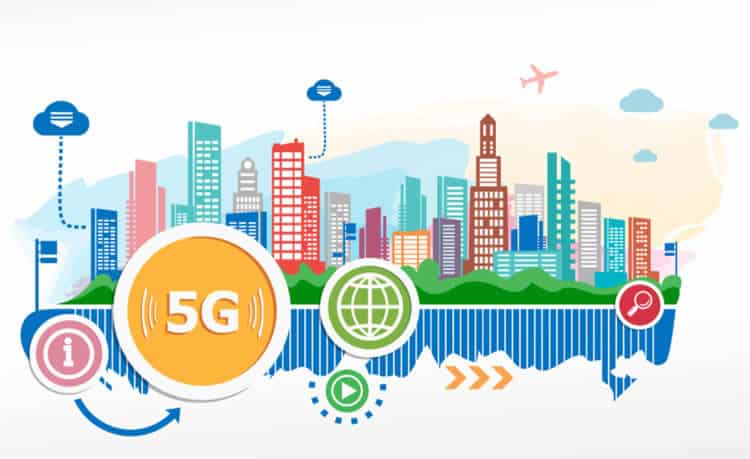


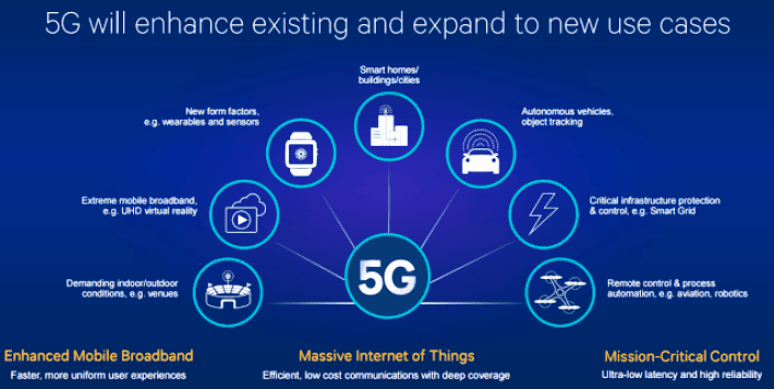
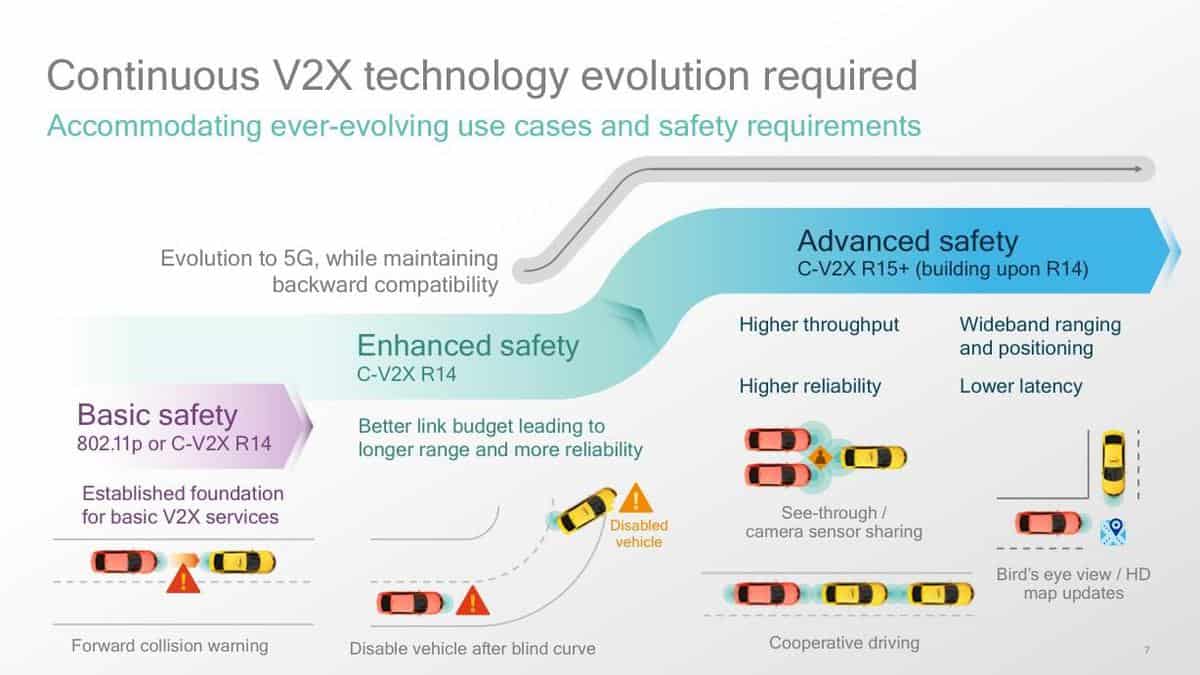

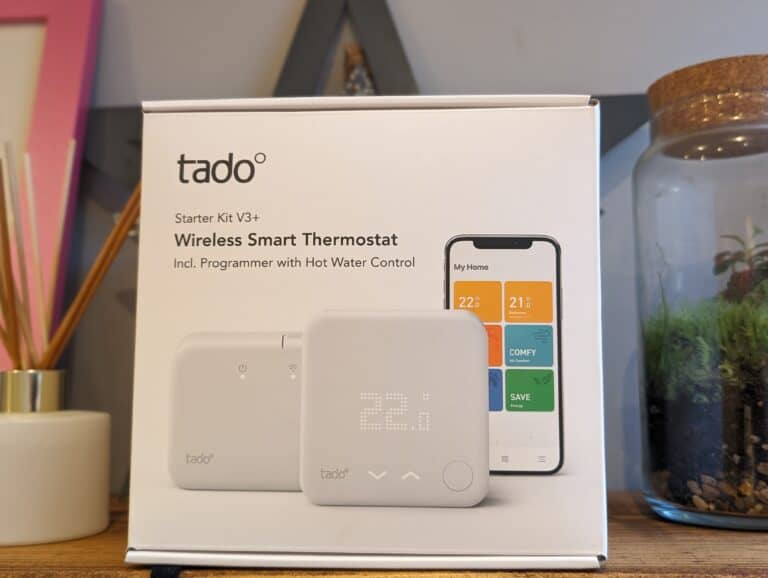
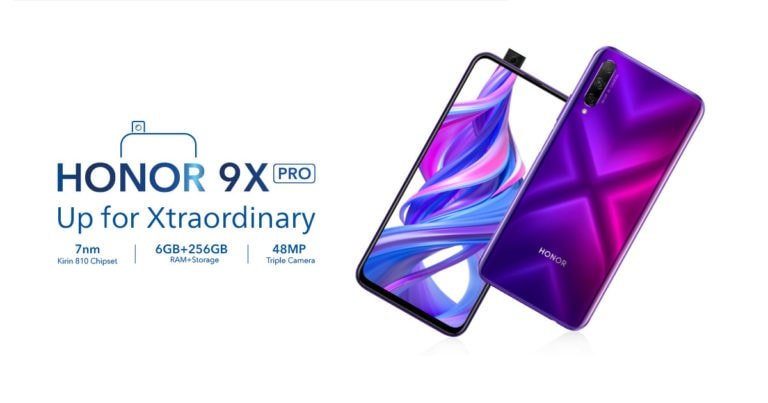
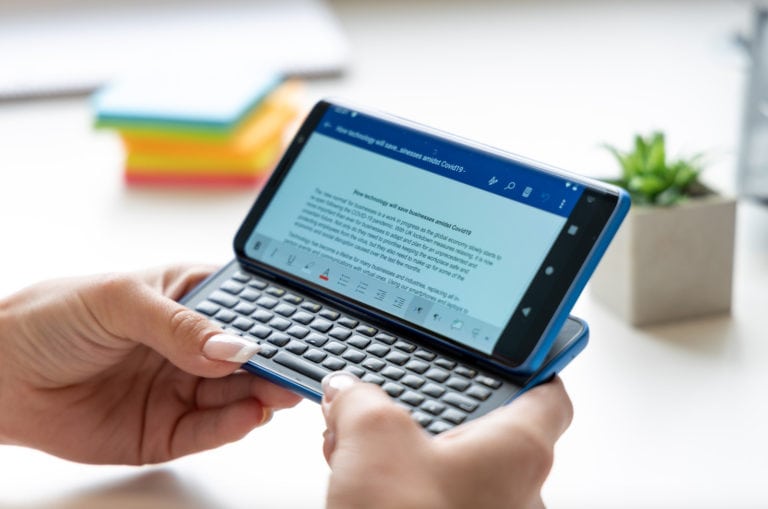

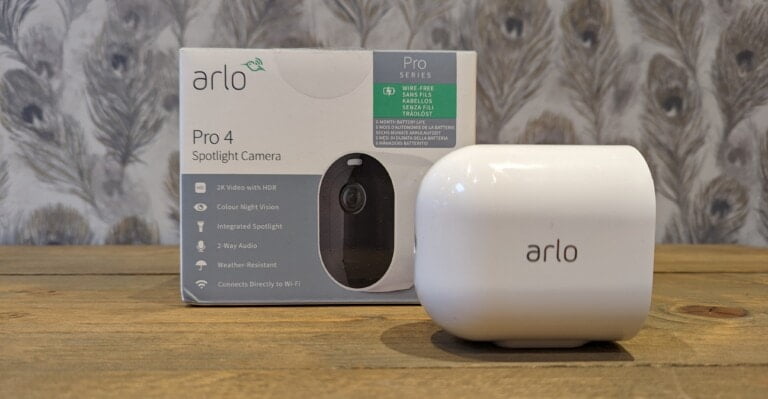
5G is indeed the piece of innovation that we are all looking out for! It’s high time for mobile internet to evolve and that’s certainly the only way out! Where I am, we barely have good 3G connection, I wonder if I will still be around when 5G crops up!? Great read here, keep posting!